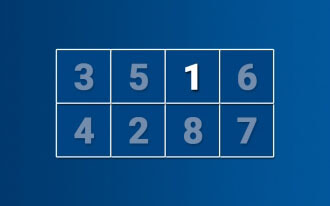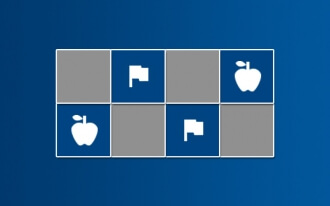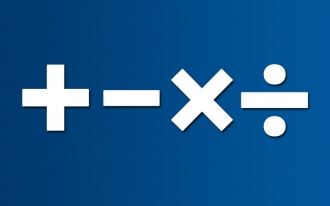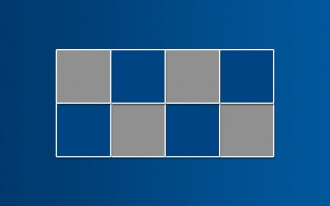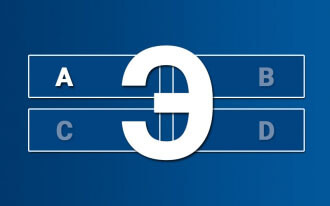- BRAINTRAIN |
- Trainers |
- Memory Training |
- Memory
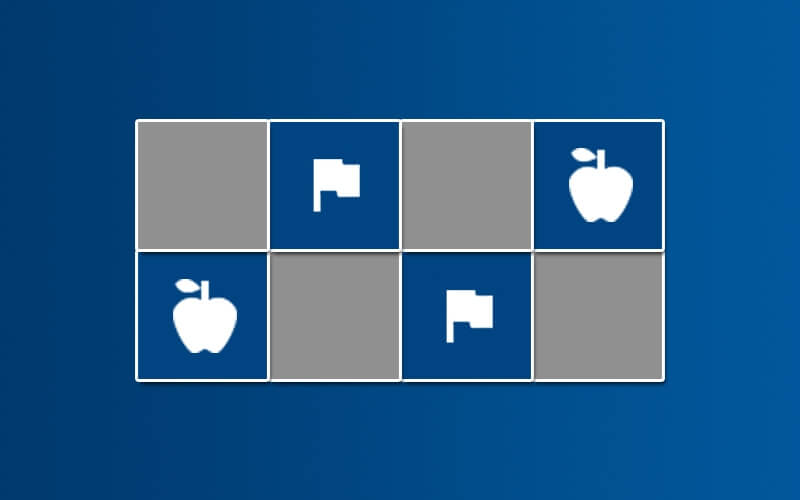
- Short-term memory
- Observation
- Figurative thinking
33500 KS: 64
Memory
A versatile online brain trainer, better known as the card game “Memory”, which has been popular since 1959 and continues to be so today.
The European version of this memory development game was patented by Ravensburger and is their intellectual property. The company was already known for its developmental games for children and puzzles. As for “Memory,” it was recommended as an excellent mind trainer for both children as young as 3 and adults.
Historical facts allow us to delve even further back to the origins of this game’s concept, with its rightful ancestor being the Japanese aristocratic game Kai-Awase, presumed to have existed since the 800s AD.
It gained widespread popularity among Japanese nobility during the Edo period, under the Tokugawa clan’s rule from 1603 to 1868.
Kai-Awase is a truly enchanting game, consisting of a set of 360 pairs of shells of roughly the same size and color, with their inner surfaces painted with various scenes or wise sayings. The images to be paired are not identical but share a common theme, such as a continuation of an artistic narrative or words from a Japanese proverb.
Modern interpretations of Memory bear little resemblance to their Eastern ancestor but are equally effective for brain development and provide an enjoyable training experience.
The online version of this game on the Mozgotren.ru platform has a competitive edge, focusing on the speed of finding matching pairs. It can be compared to the Pexeso card game version, where, unlike classic rules, only the player who flips the cards sees them, keeping them a mystery to others.
The multiplayer mode recreates the feel of a friendly competition around a shared table with friends. Unlike most analogs, the entire contest takes place in real-time, where competition and time constraints keep players engaged.
What it trains
Although this exercise is in the memory section, it is not narrowly focused. On the contrary, training with this brain trainer has a comprehensive positive impact on various analyzer systems.
Short-term memory – the primary tool for completing this game’s tasks. Without the ability to memorize the positions of images in cells, a player cannot collect enough pairs. Additionally, incorrect answers not only fail to earn points but also deduct previously earned points.
Observation – the ability to keep the entire playing field in focus allows for quick and accurate reactions to changes in the competition with opponents.
Logical thinking – achieving an excellent result requires more than randomly flipping closed cells in hopes of finding a pair. This trainer emphasizes logical actions and a systematic approach to collecting pairs as quickly as possible.
Figurative thinking – complications like the color of shapes or their spatial rotation make finding matching cells more challenging, bringing figurative thinking to the forefront for identifying and memorizing cell contents.
Rules
No preliminary difficulty settings are provided beyond complications. The difficulty increases gradually as each playing field is completed. Initially, the field consists of 8 cells, then 12, 16, and so on, depending on the player’s speed.
Colored – a complication requiring shapes in cells to be grouped not only by form but also by color.
Rotation – changing the spatial orientation of shapes in cells significantly complicates their identification and matching, but it increases the difficulty coefficient, positively affecting the value of a correct answer.
The difficulty coefficient is located in the top-left corner of the playing field, influencing the number of points awarded and changing with added complications in the trainer.
At the game’s start, a group of gray cells appears on the playing field. Clicking one opens it, and you must open another. If the shapes match, the player earns points and continues searching for other pairs. If the shapes differ, the cells close again.
The first cell opening is not considered an incorrect answer. However, reopening a cell without forming a pair incurs penalty points for an incorrect answer.
Restart – restarts the game, keeping all difficulty settings unchanged.
Scoring
For convenient tracking of each training’s results, you are awarded a corresponding number of points upon completion, based on several key indicators.
The formula for scoring points for a correct answer is as follows:
Your total points + DC*Level
DC – difficulty coefficient, which depends on the difficulty settings chosen before the test. You can see this number in the top-left corner of the playing field. Increasing the difficulty settings raises the difficulty coefficient.
Level – a variable value that starts at a minimum at the beginning of the training and increases by one position with each correct answer. An incorrect answer lowers the level by one position.
The formula for deducting points for an incorrect answer is as follows:
Your total points – (DC*Level)/2
The total points never go into negative values.
Multiplayer
For a more engaging training experience, you can invite friends and hold a competition. After selecting the difficulty settings, go to the multiplayer section and share the link with friends by copying it or clicking the icon of the desired social network.
The competition can begin once all players confirm their readiness (the “Ready to play” button).
The cell field for both opponents appears on the screen simultaneously. Each player clicks buttons when ready, but the correct answer is credited to the player who forms a pair first. Found pairs are locked on all players’ fields.
Each player checks cells independently, and opponents cannot see them.
In the top-left corner of the playing field, you can track the current points for yourself and your opponent. A green score indicates you’re leading, while red signals you’re trailing.
